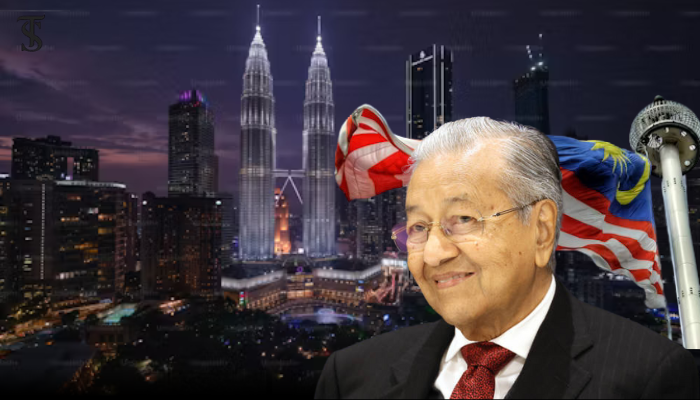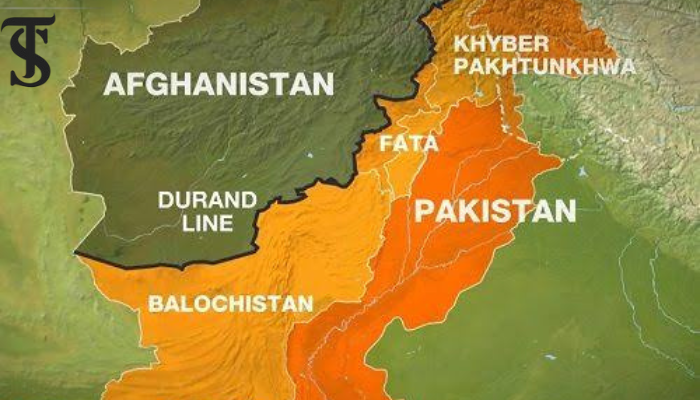Mahathir Mohamad: Architect of Malaysia’s Asian Tiger Transformation

- Visionary Leadership: Mahathir Mohamad's tenure focused on transforming Malaysia into a regional economic powerhouse through industrialization and modernization.
- Economic Reforms: His policies emphasized export-oriented growth, foreign investment, and technological advancements, fostering rapid economic development.
- Infrastructure and Education: Mahathir prioritized large-scale infrastructure projects and education reforms to build a skilled workforce, ensuring sustainable growth.
Alor Setar, a city divided by class, symbolized the socioeconomic disparities of its time. The northern side was home to elites, while the impoverished resided in the south, barred from mingling with the aristocrats. Amid this divide, Mahathir Mohamad was born in 1925 on the southern side to a family struggling to make ends meet. Despite financial hardships, Mahathir’s parents prioritized education, eventually sending him to Singapore to pursue a medical degree.
Upon returning to Alor Setar, Mahathir began practicing medicine, which provided financial stability but failed to elevate him to the social status he had long aspired to. Besides practicing medicine, he began writing articles that resonated with the public. This passion for writing and connection with people led him to enter politics. In 1964, Mahathir won a parliamentary seat but lost the subsequent election. His rebellious nature and critical stance on issues caused his expulsion from the party. During this period, he authored The Malay Dilemma, a book that brought him widespread recognition and eventually led to his reinstatement in the party.
In 1974, Mahathir Mohammad was elected again, this time as Malaysia’s Minister of Education. By 1978, he became the deputy prime minister, and in 1981, he was sworn in as prime minister. However, instead of pursuing personal ambitions, Mahathir committed himself to uplifting Malaysia’s marginalized communities. His leadership was characterized by a clear vision and actionable strategies to transform Malaysia into a progressive nation.
Mahathir’s Leadership Philosophies
Mahathir’s approach to leadership was grounded in four philosophies. First, he believed that reliance on foreign dependence hindered economic progress. Second, he emphasized the critical role of quality education in national development. Third, he argued that a nation could not advance without engaging in trade and commerce. Lastly, he stressed the importance of integrating marginalized communities into the nation’s growth narrative.
To realize these principles, Mahathir initiated policies that revolutionized Malaysia’s education system. He established secondary schools at the grassroots level, introduced scholarship programs for underprivileged students, and implemented a quota system in universities to ensure rural children had access to higher education. These measures resulted in a nearly 100% literacy rate in villages. Furthermore, he sent talented students abroad for higher education on government-funded scholarships and incentivized them with competitive salaries to return and contribute to the nation.
Recognizing the importance of commerce, Mahathir Mohammad set up specialized colleges for business studies, producing skilled entrepreneurs and managers. He also focused on educating farmers and commercializing their incomes to strengthen Malaysia’s Gross Domestic Product (GDP). In 1990, he introduced Vision 2020, envisioning Malaysia as a fully developed nation by 2020. Remarkably, Malaysia achieved significant milestones of this vision by 1996, becoming one of the “Asian Tigers” due to its rapid socioeconomic transformation.
A Charismatic Leader
Mahathir exemplified the philosophy of “Leaders Eat Last,” embodying humility, vision, and integrity. He was not only a competent administrator but also an exceptional communicator. His speeches resonated with diverse ethnic groups, delivered in Malay to the Malay majority, Chinese for Malaysian-Chinese communities, and English for Indian-Malaysians and global audiences. His oratory skills inspired figures like Nelson Mandela and Imran Khan, with the latter famously calling Mahathir “a once-in-a-century leader.”
A visionary strategist, Mahathir unveiled his Vision 2020 plan in 1991 at the Malaysian Business Council. His target of socioeconomic success within 30 years was achieved in just four years, transforming Malaysia into a regional powerhouse.
Mahathir was also a disciplined leader who upheld the rule of law and ensured accountability. In 1988, he supported a tribunal that scrutinized the actions of the Malaysian King, Tun Salleh Abbas, who was eventually dismissed for misuse of authority. Similarly, in 1998, his deputy prime minister, Anwar Ibrahim, faced charges of sexual harassment and corruption and was removed from office. These cases set a precedent for transparency and reinforced accountability within the nation and his political party.
To foster national unity, Mahathir introduced the Bangsa Malaysia concept, which sought to eliminate ethnic divisions among Malay, Chinese, and Indian communities in Malaysia. By promoting inclusivity, this initiative strengthened national cohesion and facilitated collective efforts toward Malaysia’s advancement. The resulting political stability provided a solid foundation for economic growth and safeguarded the nation from external threats.
Malaysia’s Transformation Under Mahathir
Mahathir’s tenure as Prime Minister was marked by groundbreaking reforms and infrastructural development. Recognizing the transformative power of education, he amended the Universities and University Colleges Act to improve the education system, despite facing opposition from academia. His grassroots educational initiatives created a skilled workforce that significantly contributed to Malaysia’s socioeconomic development.
Mahathir Mohammad also reformed civil services, introducing training programs to cultivate innovative and efficient civil servants. These reforms improved public service delivery and governance. His infrastructure projects, such as the construction of international airports and the establishment of Cyberjaya as a high-tech corridor, boosted Malaysia’s global competitiveness. He also developed Putrajaya as the country’s new administrative capital, symbolizing modernity and efficiency.
Through his Look East policy, Mahathir strengthened Malaysia’s ties with Japan, China, and South Korea. This policy attracted significant investments in industry, commerce, and technology, propelling Malaysia’s economic growth. Under his leadership, Malaysia’s GDP growth rate increased from 6% in 1960 to 8% by 2000.
Mahathir’s political acumen allowed him to navigate obstacles and stalemates effectively. The United Malays National Organization (UMNO), which he led, countered challenges to economic growth, ensuring political stability and fostering development.
Legacy and Lessons
Mahathir’s leadership offers valuable lessons for nations striving for progress. His vision and policies laid the foundation for Malaysia’s transformation into an economic powerhouse. Despite being a source of inspiration for many leaders, his education reforms and Look East policy have not been fully embraced by other nations, including Pakistan.
Mahathir’s focus on technological advancement, evident in initiatives like Cyberjaya and Putrajaya, should serve as a model for other developing countries. His emphasis on grassroots education, civil service reform, and inclusivity demonstrates how targeted policies can drive national development.
Conclusion
In conclusion, Mahathir Mohamad’s leadership transformed Malaysia from a struggling nation into an economic success story. His vision, integrity, and relentless efforts uplifted marginalized communities and propelled Malaysia onto the global stage. By prioritizing education, fostering inclusivity, and embracing innovation, Mahathir ensured sustainable growth and prosperity for his country. His legacy continues to inspire leaders worldwide, offering a blueprint for achieving socioeconomic progress through determination, foresight, and unwavering commitment to national development.

Mian Muaiz Gul
The author is a freelance writer.





